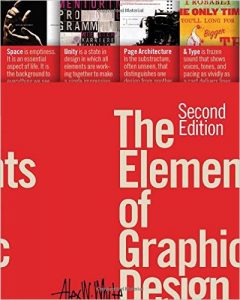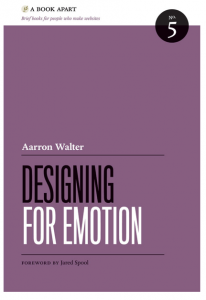What is the purpose of a Logo?
April 24th, 2023

A professionally looking logo requires a designer to follow a couple of essential steps which include a thorough research on customer behavior, his preferences and attitude. After understanding such things, a captivating logo design gets completed.
There are various websites and blogs talking about logo designing tips and guidelines for newbies and experienced designers, but a very few of them are training designers about customers’ psychology.
It’s due to the reason the team of Fuelmybrand has narrowed down a couple of valuable books that will certainly help you (as a designer) to learn and grasp the dos and don’ts of designing.

If you are eager to learn designing and how it actually helps a brand connect with its audience in an appealing way, then this book should be your first choice.
It’s a very basic book that contains everything a newbie wants to learn about designing. And most interestingly, it doesn’t require you to have a designing background. Each and every topic in this book has incredible points for a beginner to get some serious motivation and creative ideas.

Big Brand Theory is a phenomenal book that not only discusses designing, but also educates a reader about how to transform a startup brand into a big deal.
The book includes case studies of some gigantic brands, their massive branding campaigns, the strategies they have followed and their outcomes.
On thing that distinguishes Big Brand Theory from other similar books is its detailed explanation about branding that can turn out to be an incredible source of learning for you.

If you are willing to master the art of UX design, then ‘The Design of Every Day Things’ can be a valuable asset for you.
Unlike other contemporary designing books, The Design of Every Day Things explains how product design works with real life examples. The book will certainly help you understand the ways to evaluate existing problems of end users by explaining effective psychological tactics.

The book is written by Aarron Walter who is currently the General Manager for new products at MailChimp.
If you want to go beyond traditional designing, then ‘Designing for Emotion’ has that X-factor to satisfy you. Here in this book, the author emphasizes on designing for humans, and not for machines.
He urges designers to expand their limits by thinking more about humans rather than fixing things in their designs to satisfy themselves.